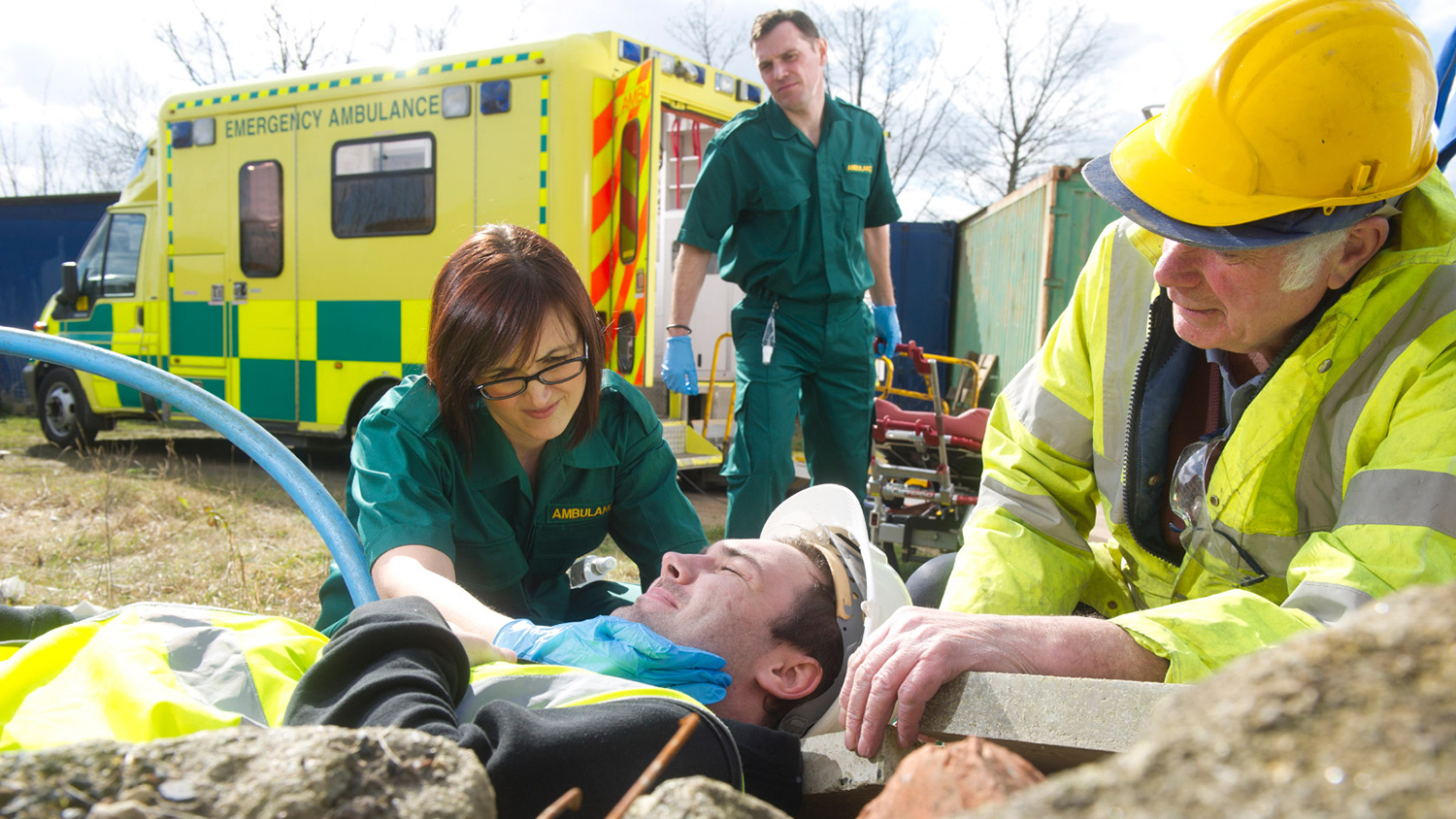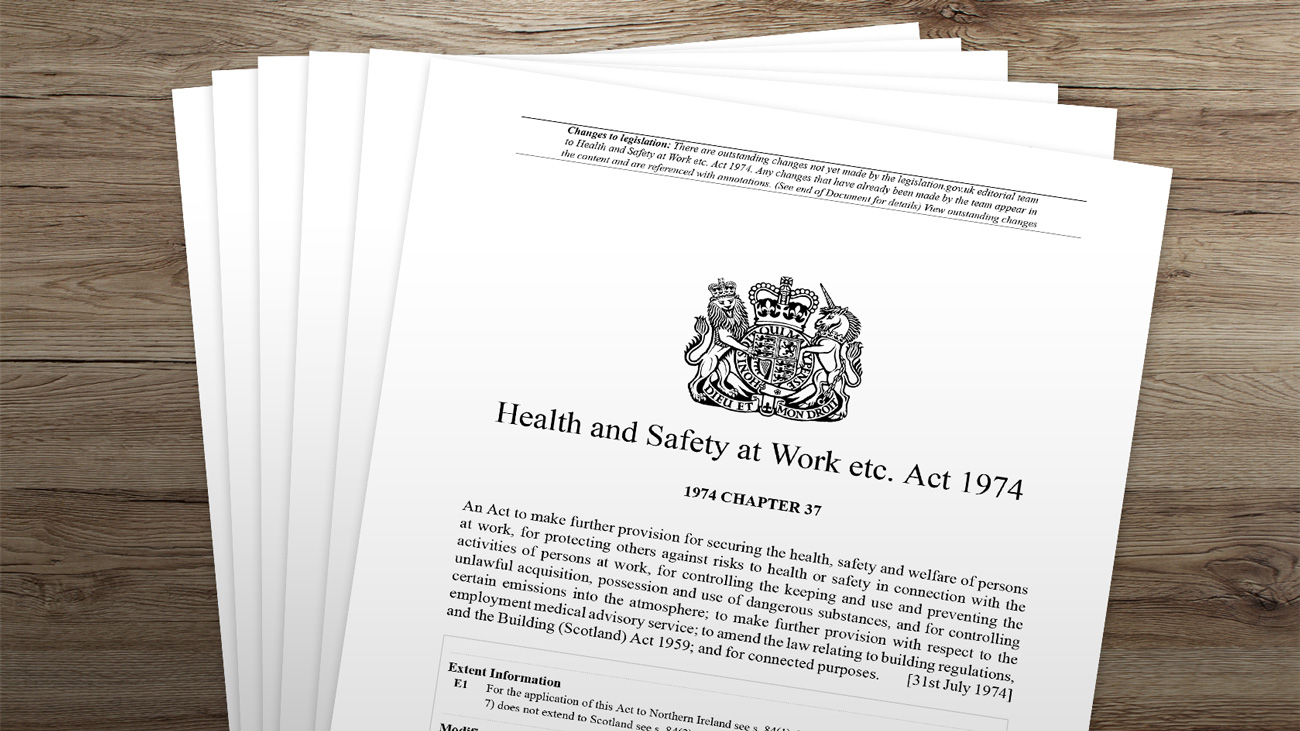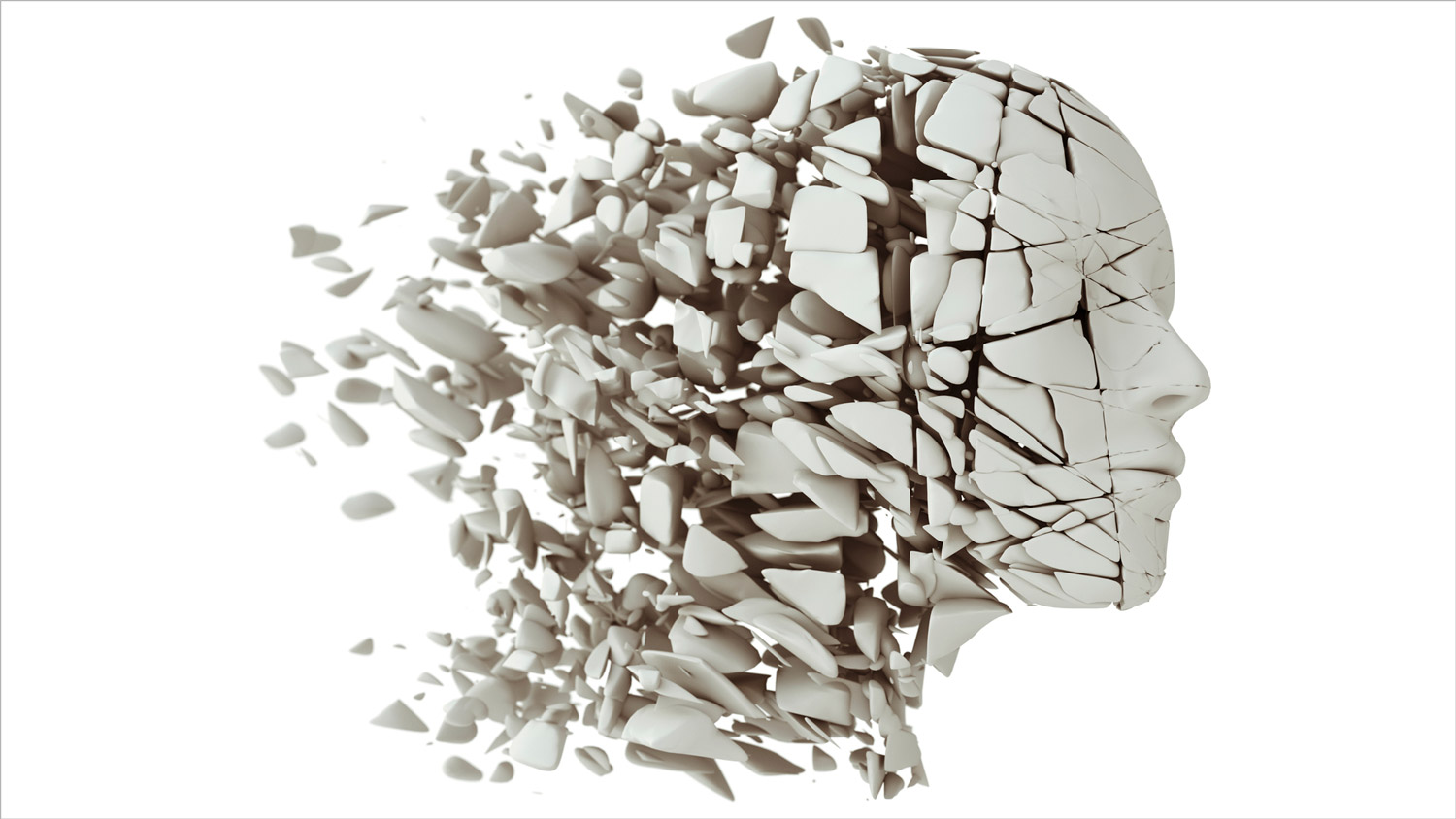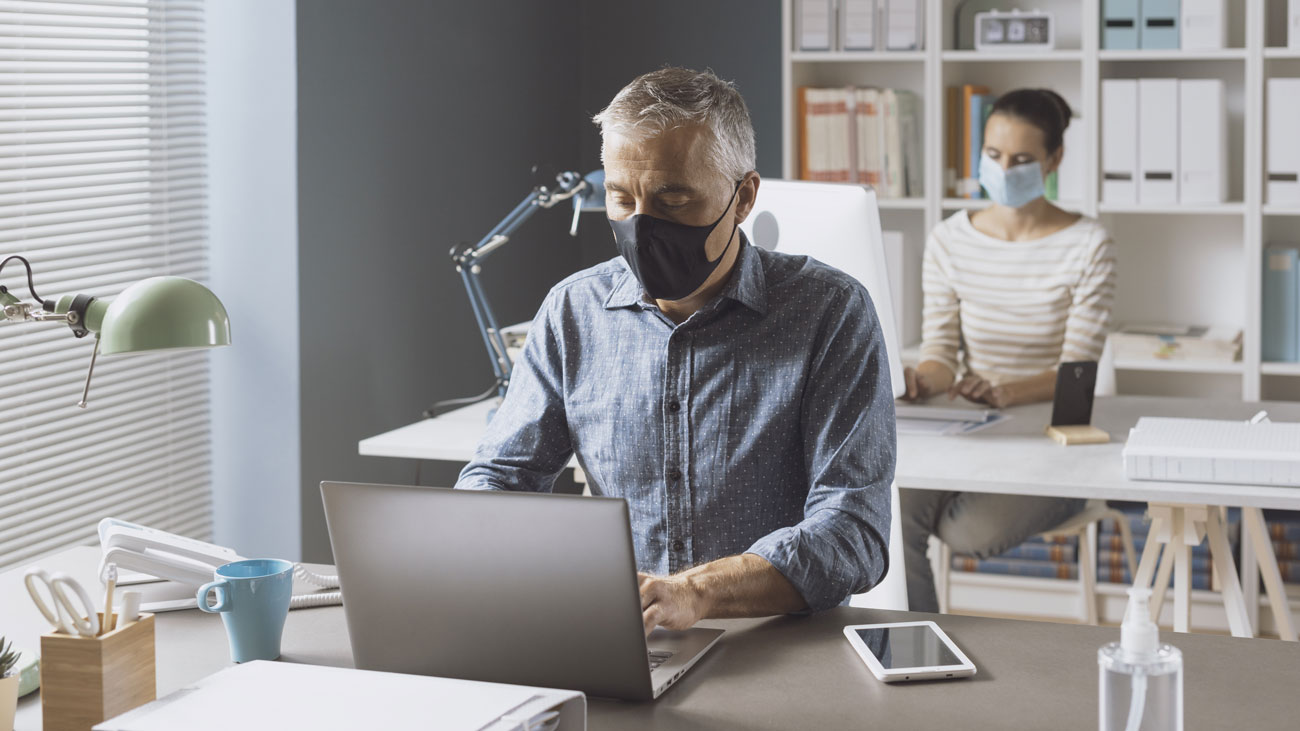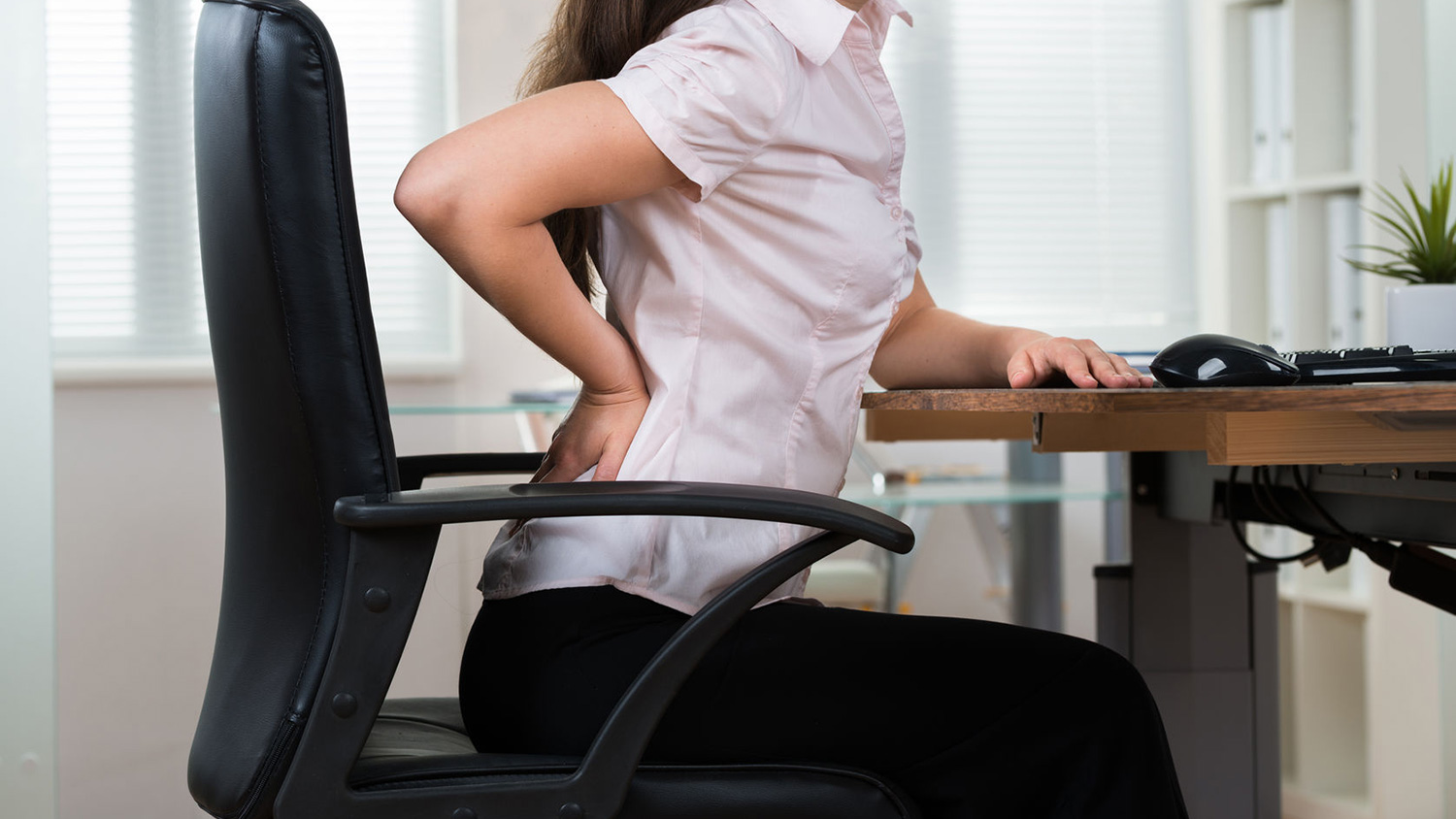
Seven steps to reducing work-related back pain
The term musculoskeletal disorders (MSDs) covers injuries such as a sprained ligament or torn muscles, damage to the spine or disorder of the joints or other tissues in the upper/lower limbs or the back. Heavy manual labour, awkward postures and previous or existing injuries are all risk factors in developing musculoskeletal disorders.
MSDs remain one of the most frequent causes of disability, sick leave and early retirement, plus the most common work-related health problem in Europe. By preventing and managing MSDs in the workplace, organisations can lower costs, improve productivity, gain worker engagement, reduce staff turnover, improve morale, reduce absence rates and more.
In support of the European Agency for Safety and Health at Work (EU-OSHA) Lighten the Load campaign, the Institution of Occupational Safety and Health (IOSH) has published seven simple steps for employers to take to help protect their workforce. They are:
- Risk assess – this health and safety favourite really is your best way to predict the various factors that can lead to MSDs. It should consider task, individual, load, work environment and anything else that’s relevant.
- Control the risks – MSDs can be prevented in the same way as other risks. Use the findings of your risk assessment to put controls in place. This doesn’t have to be costly or a big change and could include modifying equipment or making alterations to work practices.
- Take a break – promote a healthy work-life balance and ensure that rest breaks are included. These will enhance the body’s recovery and prevent fatigue.
- Create good ergonomics – balance the requirements of the job and the capacity of the employee. This can be done by adapting the task to the person through design of the work or developing the capacity of the staff member through training and workplace adjustments.
- Choose the best way to do a job – the way in which a worker performs a task can affect MSDs. For example, when lifting a load, the centre of gravity should be close to the body. So, find better ways to perform a task and inform workers of how to do it. Even small improvements will reduce the risks of MSDs.
- Try to prevent before you have to cure – avoiding accidents and injuries in the workplace, which can cause MSDs as well as injuries, should be front and centre of every organisation.
- Report it – it’s important an organisation has processes in place for workers to report MSD issues. The sooner they do, the easier it is for your organisation to prevent the issue developing into something more serious.
The COVID-19 pandemic has made homeworking commonplace, with a report by the Office for National Statistics finding that 46.6% of British employees worked from home at the height of lockdown.
Says Kate Gardner, Health and Safety Trainer at International Workplace, in the guide, Mitigating the Risks of MSDs in Hybrid Working:
“Many office workers enjoyed operating remotely at first, with the benefit of not having to commute. However, the negative physical implications have now started to show. Working from home has caused a significant increase in musculoskeletal disorders (MSDs). While some employees may be lucky enough to have a home office set-up, others will be working from the kitchen table, a cramped corner, or even their sofa or bed. This is bound to exacerbate issues. Even for those in the office, hotdesking and shared workspaces mean that desks and seats are no longer set to each individual’s requirements. MSDs are not just an issue for older employees but affect all generations.
"One of the most important things that employers can do is help staff understand what a suitable home work environment looks like. Not everyone has the ability to have a dedicated home office but it is possible to make adjustments or adaptations to enable people to work in a supported and ergonomic way, whatever the home workplace looks like. Having conversations with workers about the simple ways they can protect themselves from pain and discomfort means that wherever they work from, be it their home, a coffee shop or an agile work space, they will have the knowledge to work comfortably."
Further advice is available in the guide, which you can download here.


